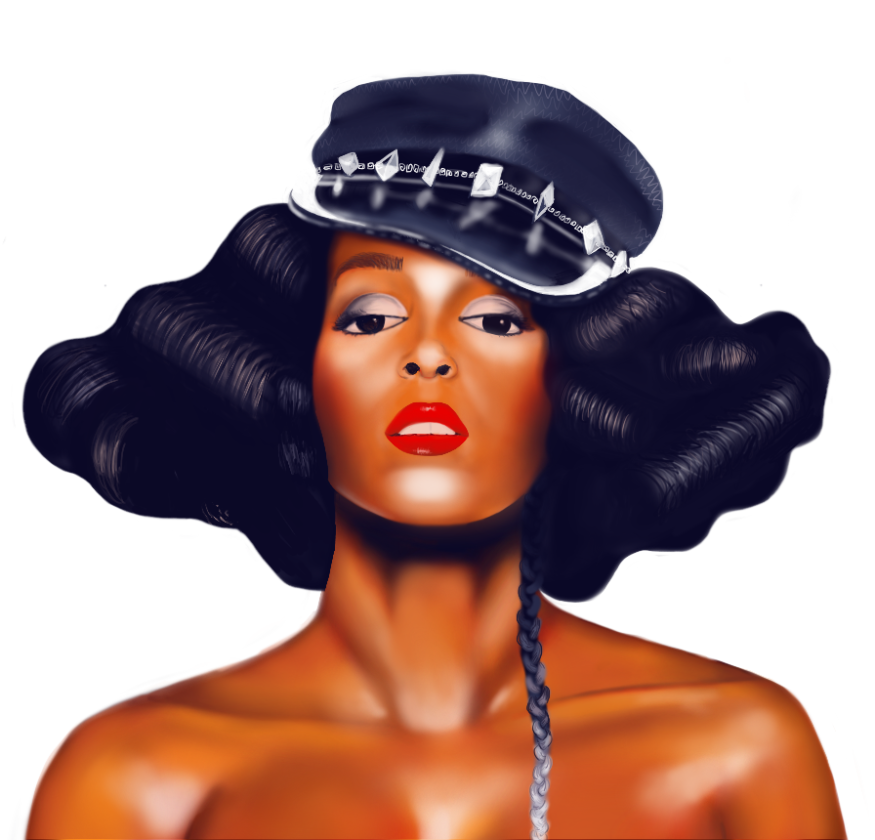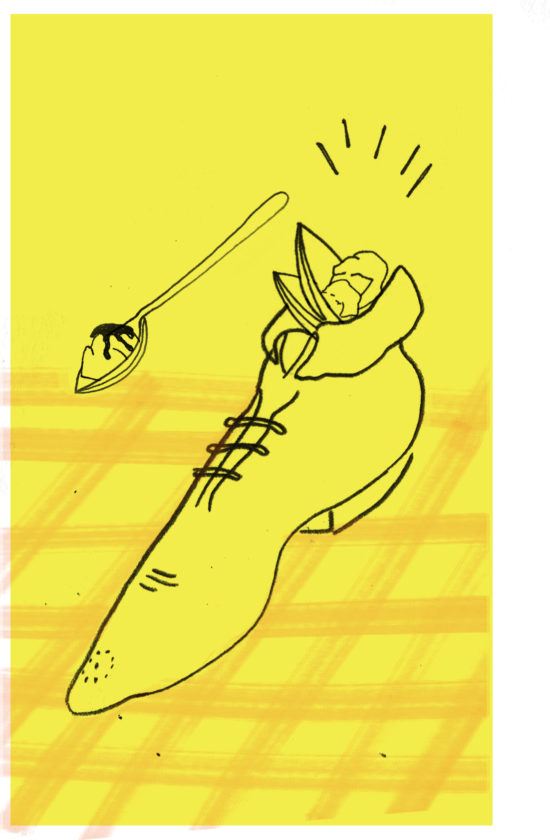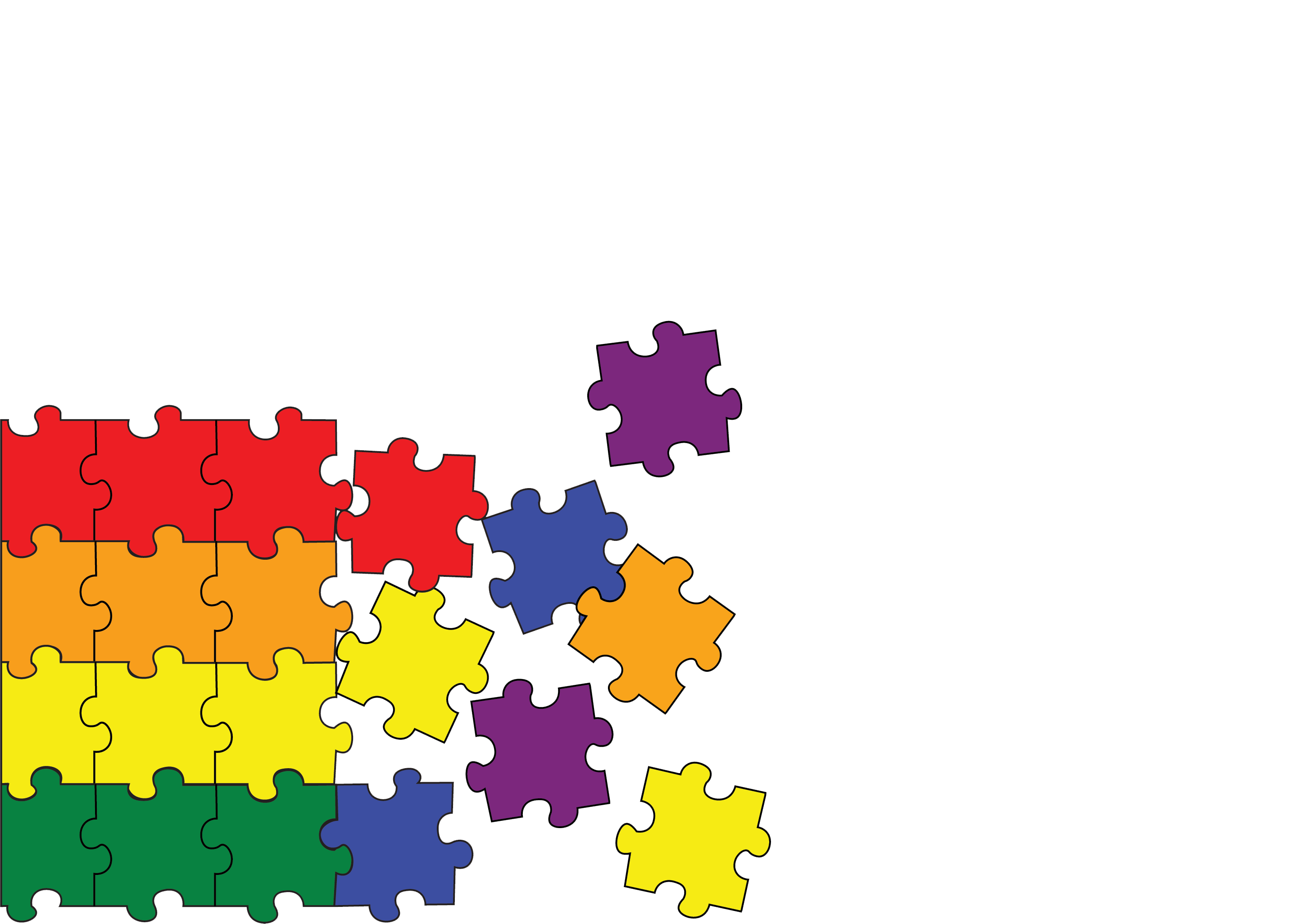We often rush to label people, especially celebrities, when they show any sign of being non-straight and/or non-cisgender. Media tend to mislabel those who have come out that don’t fit into society’s binary understanding of gender and sexuality. This misunderstanding and mislabeling only serve to perpetuate the marginalization of queer people.
Janelle Monáe, a celebrated actress, musician and activist, recently came out via a Rolling Stone article about her new album Dirty Computer and what it felt like to step into the world as Janelle, not her created android persona Cindy. In her words, she is a queer Black woman, and she went on to say that she had initially identified as bisexual. She also identifies with parts of pansexuality and is open to learning more about herself.
When a flurry of media outlets reported on the article, nearly every one labeled her as pansexual. The word pansexual was even the most searched of the day on Merriam-Webster’s website, but why are we as a society in such a rush to stick everyone who even mentions queerness with a definitive label?
why are we as a society in such a rush to stick everyone who even mentions queerness with a definitive label?
This situation is echoed in recent articles about Harry Styles. The singer and ex–One Direction member sang a song on his current tour that didn’t make it into his album, with the lyrics “the boys and the girls are in / I mess around with them / and I’m okay with it,” prompting many fans and media outlets to label him bisexual, despite him stating in a past interview he didn’t feel the need to label himself.
The insistence to label or mislabel everyone causes real harm and erases identities that are less widely known and accepted. This problem is worse for queer people of color, who have to battle racism, homophobia and/or transphobia simultaneously. “The most violent part of all this is that I’ve felt forced to choose between and prioritize parts of my identity,” stated Ashleigh Shackelford, a cultural writer and director of Free Figure Revolution. “In creating this hierarchy of my identity, I’m merely trying to survive the non-intersectional world that requires adapting to this violence to navigate it.”
This is why it’s so important that Monáe specifically and explicitly labeled herself a queer Black woman. She made a statement, asserting that she was not about to let her Blackness or womanhood be lessened or erased in her coming out. Yet most media outlets did exactly that, quoting the section on pansexuality instead of the coming out portion that was in her own words and mentioned her race and gender.
A member of the Black Bottom Archives writing team, Sierra Witcher, wrote on Black queer erasure: “Deviance as resistance…implies that Black queer women refuse to change their identity and its expression for the sake of acceptance into a dominant culture.”
Monáe’s newest album unapologetically centers Black, queer and female lives, experiences and expressions. To ignore that her coming out also centered these identities is to ignore her as a multifaceted person with intersecting identities. Her resistance means openly telling her story and being proud of her identities. If we mislabel her, we are disrespecting how important it is, especially for queer folks, to name yourself and be seen in the world the way you choose.
The process of mislabeling, misunderstanding and ignoring certain narratives contributes to erasure. “‘Erasure’ refers to the practice of collective indifference that renders certain people and groups invisible,” according to a writer for The New York Times. “The word migrated out of the academy, where it alluded to the tendency of ideologies to dismiss inconvenient facts, and is increasingly used to describe how inconvenient people are dismissed, their history, pain and achievements blotted out.”
The erasure of Monáe’s identity denotes that she is inconvenient for choosing queer as a label for herself and insignificant in society as a Black queer woman.
Perhaps the most frustrating part is that queer is already an identity label. It can be used as an umbrella term, but many people in the LGBTQ+ community use the word to define their non-cisgender and/or non-straight identity. When media and society at large focus on labels we deem more mainstream and appropriate, we erase queer as a label that already exists and is used daily. Refusing to use this word suggests that it is not good enough as a label, is too vague or undefined, or isn’t easily understood. Focusing on the portion of Monáe’s coming out that mentions pansexuality is the easy way out; it doesn’t ask cis and straight allies to do any work around their homophobia, and in this case, their racism and misogyny as well.
When the Rolling Stone article was posted, queer wasn’t the most searched word on Merriam-Webster’s website that day because United States society still has a huge stigma against the word and its associations. We understand things in terms of Black and white, gay and straight, man and woman, which leaves no wiggle room for those who, like Monáe, don’t fit the dichotomies. People researching pansexuality is a good first step to dismantling binary ideas of sexuality and gender; now we just have to actually listen to Black women when they tell their stories.






